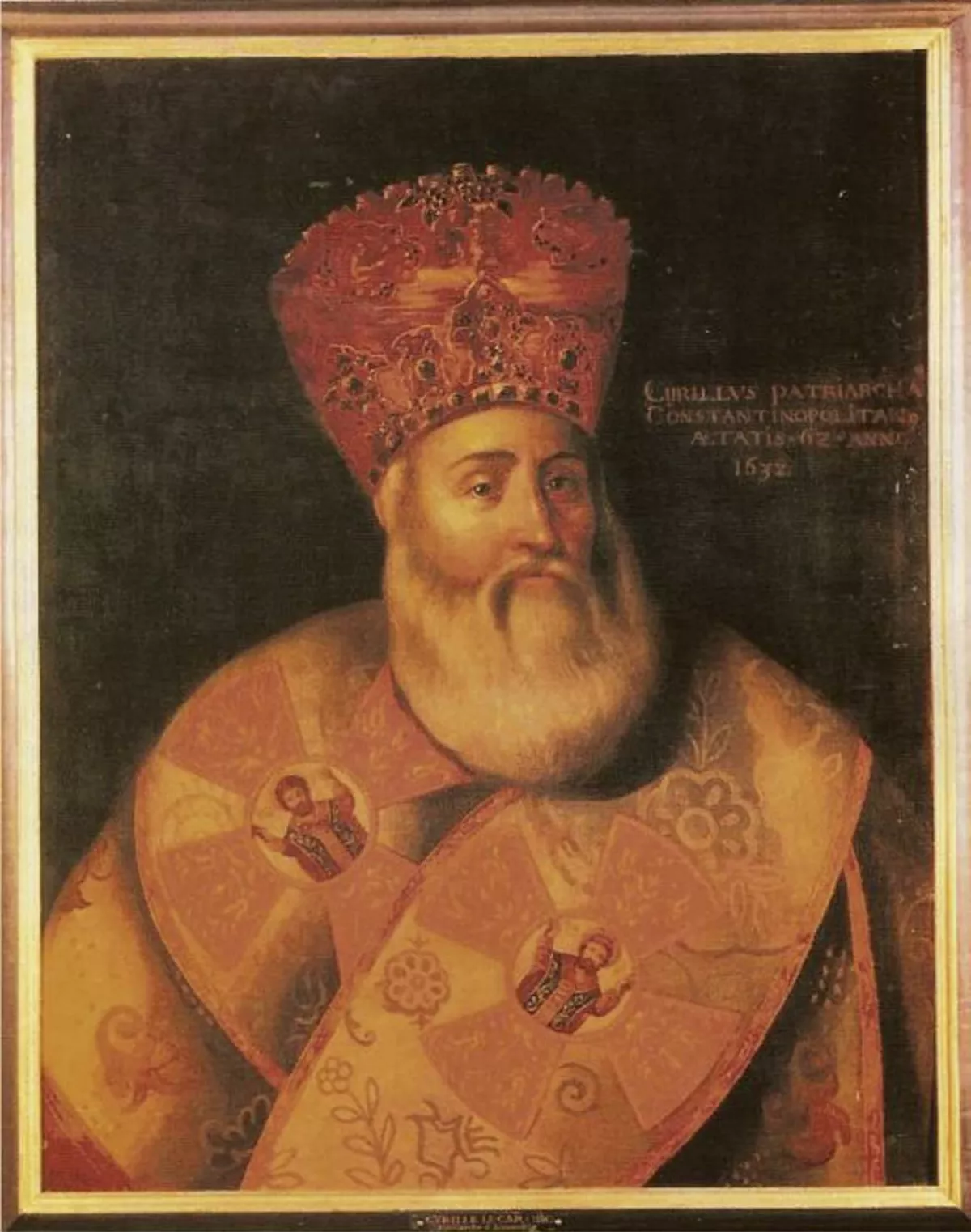 1.
1. Cyril Lucaris later became the Greek Patriarch of Alexandria as Cyril III and Ecumenical Patriarch of Constantinople as Cyril I Cyril Lucaris has been said to have attempted a reform of the Eastern Orthodox Church along Calvinist Protestant lines.